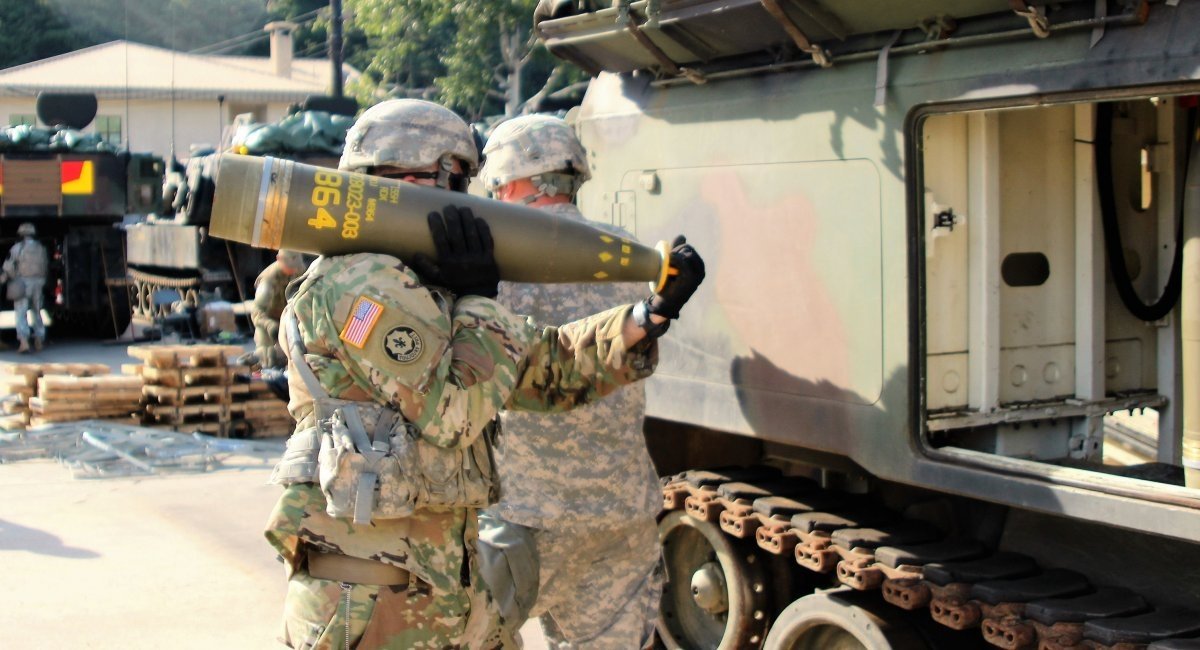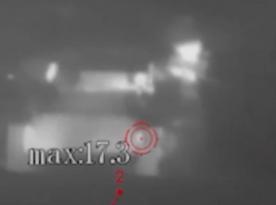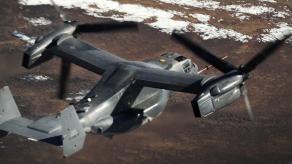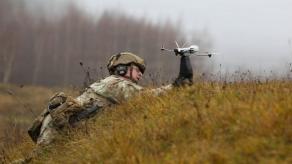Ukraine has been asking the United States to start shipping cluster ammunition for a long time already. Cluster shells are crucial for destroying enemy targets with the most effectiveness on the battlefield.
Basically, a single DPICM shell in terms of lethality against most common targets does a job that would otherwise take 10 conventional HE-FRAG artillery rounds. It is all the more important now, when supplies of ammunition face multiple challenges.
Read more: Ukraine Awaits for Green Light on Cluster Munitions Supplies, Which Would be an Ideal Weapon Against Entrenched russian Forces
But despite repeated appeals and requests, Washington denied the transfer. Now, however, the tides have turned, NBC News reports. Citing three anonymous officials, the American TV broadcaster claims the decision has practically been made, and the public announcement should follow early July, i.e. within the next few days, two sources said. The third one confirmed the issue was being considered but did not specify a time frame for the final decision.
An important note on our part is that the obstacles in the way of providing DPICMs to Ukraine are of legal nature. While both Ukraine and the US are not part of the Convention on Cluster Munitions, there is still a ban on exporting cluster ammunition with a bomblets failure rate of more than 1%, this figure refers to the portion of submunitions in the cluster that don't immediately explode after hitting the ground or target and thus pose threat to civilians.
DPICMs have a submunition failure rate of 3%, these shells are gradually being replaced with C-DAEM that stick to the rates below 1%.
Besides, US law prohibits using DPICM at all except for "emergency situations". At the same time, this cluster munition like all other weapons of the same category was seen by the US during the Cold War as an effective asset against the USSR and any other adversary that has superiority in numbers of manpower and equipment.
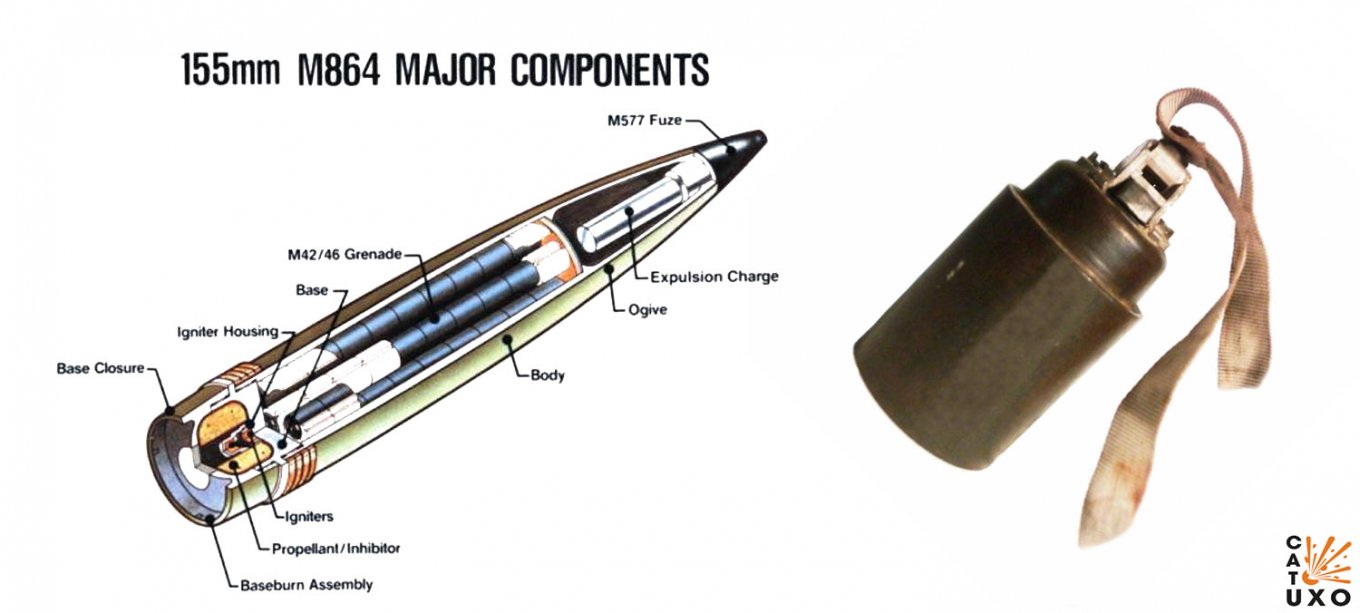
Worth mentioning, the russian federation, too, is not part of the Convention on Cluster Munitions, moreover, actively employs shells with much higher rates of bomblet failure.
How the approval of cluster munitions transfer to the Armed Forces of Ukraine will be settled in legal terms is yet unknown. Though we can already say for sure that once greenlighted, it will pave the way for provisions of other weapons acting by the same cluster principle. In particular, it applies to the cluster version of ATACMS, the perfect variant against heliports with a dense concentration of russian helicopter aviation, gathering spots of military vehicles, and other targets. In these situations, a cluster missile performs better than its ordinary HE-FRAG iteration.
Read more: What Modifications of ATACMS Missile the USA Has Now, and Which of Them Is the Most Formidable to the Likes of russian army




